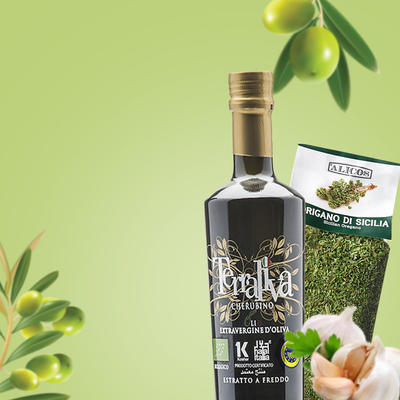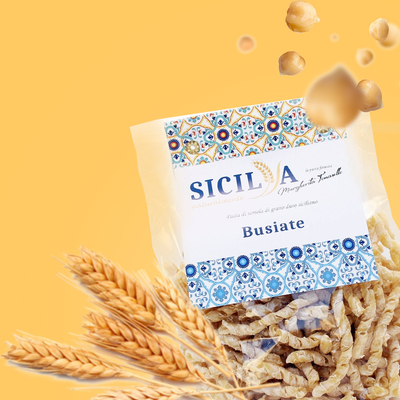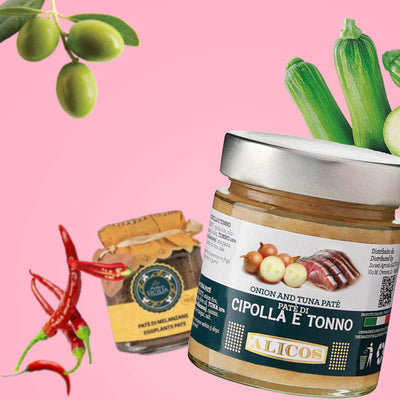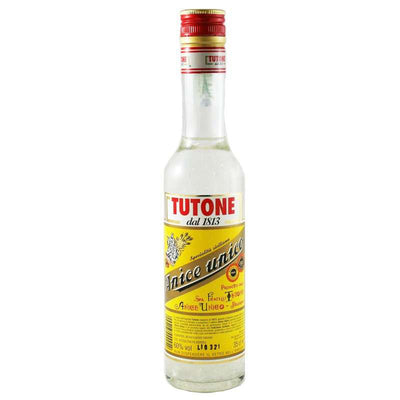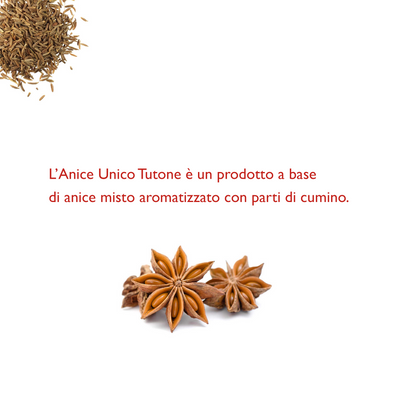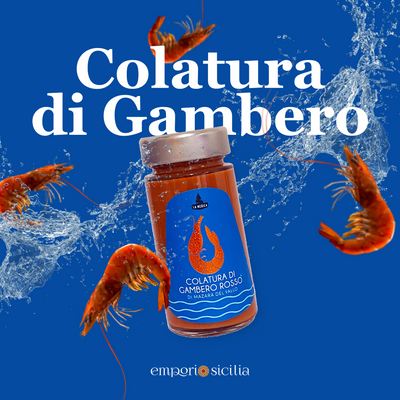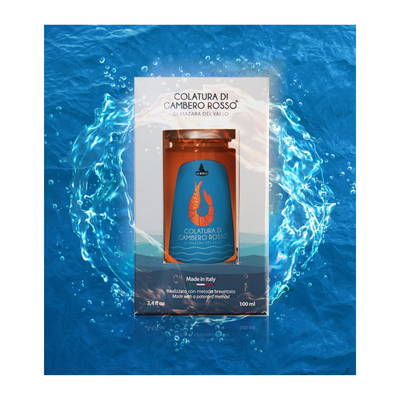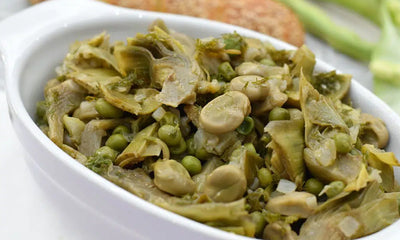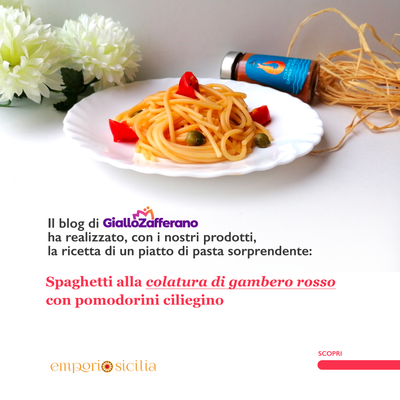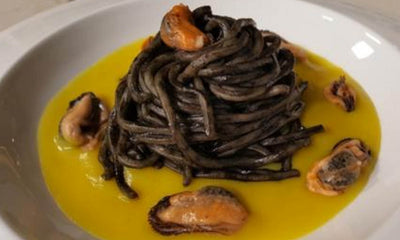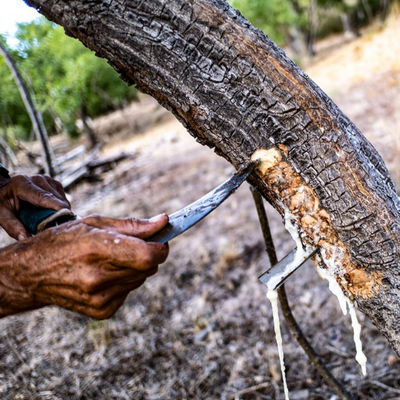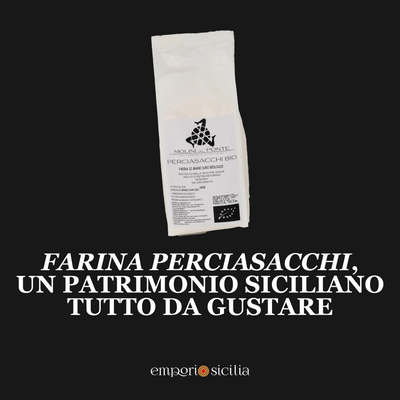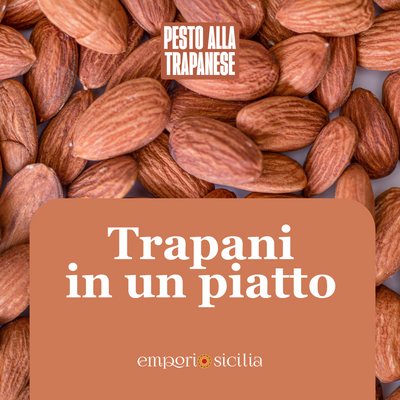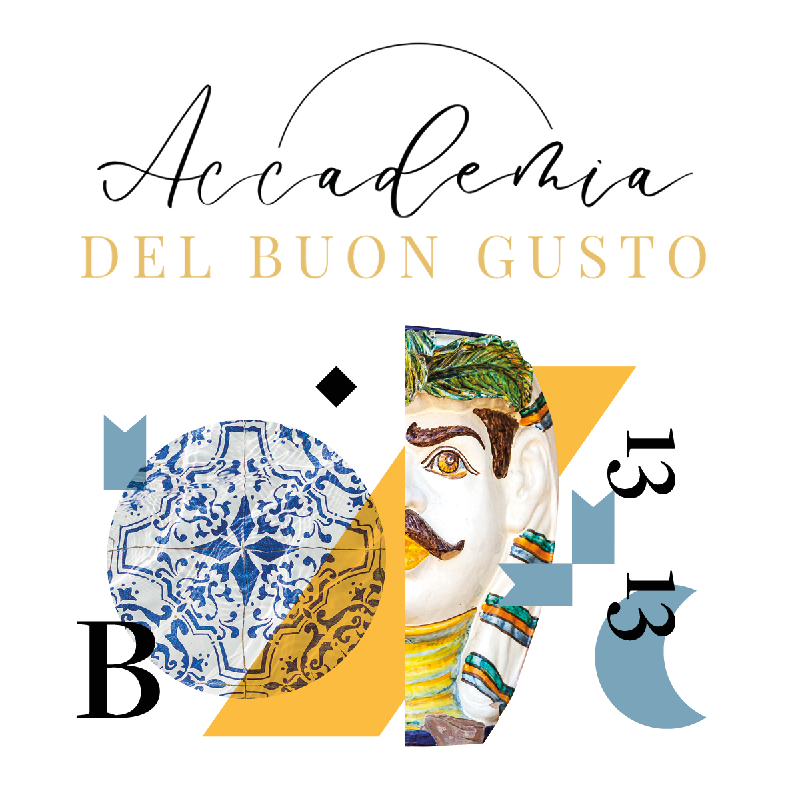Oh yes, not just Coca Cola ! In Italy, precisely in Sicily , there is another drink that has jealously guarded a secret for over 200 years: TUTONE ANICE!
The particular distillation technique of Anice Unico Tutone is shrouded in mystery!
The Tutone family has protected the secret for generations, maintaining a recipe dating back to 1813, written on a precious slip of paper.
Its flavor combines ancient and modern. A Palermo saying from the past went: " Water and zammù, first me and then you ", prescribing order among the customers who crowded daily in front of the city's kiosks.
The word " zammù ", derived from "elder" , indicates the aniseed-based liqueur, later transformed into "zambuco" and affectionately abbreviated to "zammù".
The Story of the Secret of Tutone Anise :

Among the traditions of Palermo , the use of anise stands out to make the water more pleasant and refreshing. Once upon a time, water sellers walked the streets with a small can of cold water, a bottle of anise and glasses. From 1860 , some of them settled in the square with a stall and aquartara. The habit of drinking water with anise dates back to the Arabs, according to some, from whom the word "zammù" comes.
It is one of the typical Sicilian products, and we most likely owe the invention of water and anise (Acqua i zammù in Sicilian) to the Arabs, especially thanks to a Syracusan Arab named Sogehas Ben Alì .
The history of the famous brand begins in 1813 in Palermo, in Piazza Fieravecchia, today known as Piazza Revolution. The Tutone family ran a kiosk that attracted the Palermo aristocracy, becoming the most important in the city until 1892 . It was an ideal place to stop carriages and enjoy a glass of water and anise , known as zammù . In 1892, the recipe underwent a reformulation, with the addition of anethole , the oil obtained from star anise, imported directly from China and still the main ingredient today. However, the full recipe has never been revealed . The Tutone family has kept the secret for six generations, with the original recipe written in a jealously guarded little black squared notebook. This secret also extends to other derived liqueurs.
If the etymological origin of "zammù" is a mystery, the recipe for distilling anise according to the right doses is even more enigmatic. A secret which, as we have said, the Tutone family has jealously guarded in a safe for six generations, written down in beautiful handwriting in a black squared notebook which also contains other liqueur recipes.
To introduce the new and delicious drink to the public, it was marketed as Anice Unico . The Anice Tutone obtained the Gold Medal at the Como Exhibition in 1909.
Given its rapid popularity, the kiosk business took on an increasingly entrepreneurial pace. In 1948 the operational headquarters was inaugurated in Via Garibaldi, and in 1979 the SpA was established with family capital.
The Anice Tutone Museum in Palermo:

If you are in Palermo, the "Tutone dynamic museum" offers ANICE UNICO enthusiasts the opportunity to immerse themselves in a historical-cultural reality that has deep roots in the entrepreneurial fabric of Palermo.
This historic family-run company has resided in the heart of Palermo, in Piazza Revolution (formerly Piazza Fieravecchia), for seven generations, since 1813.
The origins of Zammù "anise" are part of a cultural journey that ranges from the history of the early nineteenth century to the conquest of the Kingdom of the Two Sicilies by the volunteers in red shirts led by Garibaldi. It is a powerful symbol of the Risorgimento and represents the process of Italian unification. The path crosses the two world wars and reaches the present day with the national and international trade and investments of companies in the era of globalization.
The geography is explored with the origins of the "Star Anise" plant, the history of art with the "Liberty" or Art-Nouveau style, and the painting techniques for the first advertisements of the nineties up to the technological evolution of the tools used for advertisements and labels.
The path also embraces mechanics and technology, from the first nineteenth-century machines to the use of cutting-edge equipment for bottling Anice Unico and the other alcoholic products of the Tutone Company.
Finally, we move on to mathematics and chemistry, with the necessary calculations for the right doses to mix the distillate and the identification of the formulas of the various elements that make up the distillates produced by the company.
To complete the cultural experience in the "Tutone Museum", we arrive at the final, but no less important phase, dedicated to safety and EEC compliant systems within a distillate producing company.
A unique opportunity for children and young people to get out of the books and immerse themselves in the entrepreneurial reality, dealing with the static nature of the texts and the dynamism of a historic entrepreneurial reality that dates back to 1813.
An experience that is not only cultural but also visual and gustatory.
At the end of the museum tour, guests will have the opportunity to taste the "UNICO ANICE" , the distillate that has quenched the thirst of entire generations over the years and centuries!
Consumption:
Tutone Anise can be added to fresh water in a few drops. It is also used as the main ingredient in some fruit cocktails , in some typical Sicilian pastries and desserts ; furthermore, it is used as a corrective for Coffee .

Have you read the whole article and want to quench your thirst? Buy our Anise Tutone at the best price ever on Emporio Sicilia!




